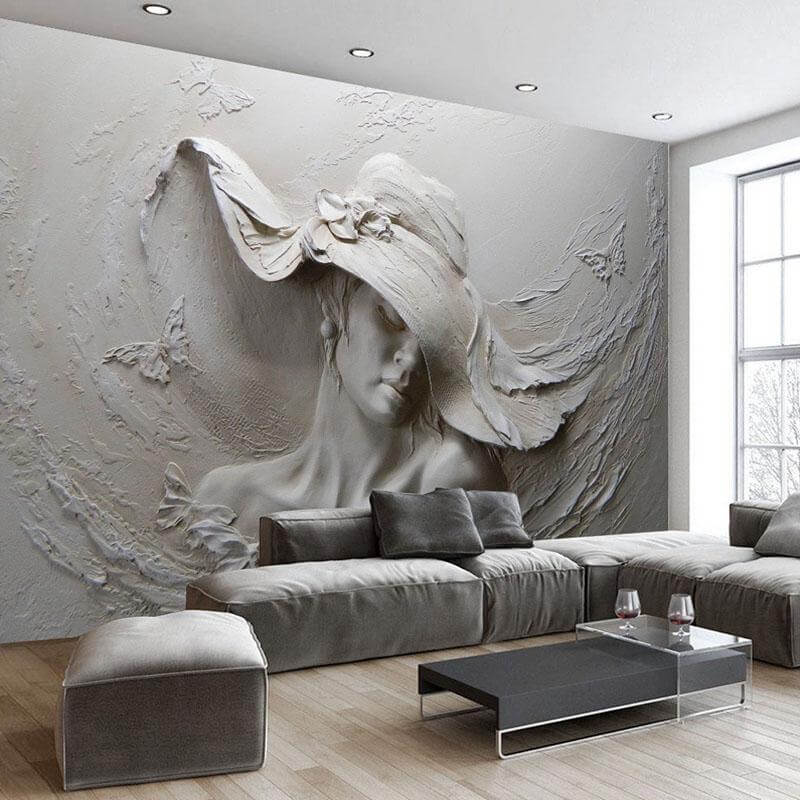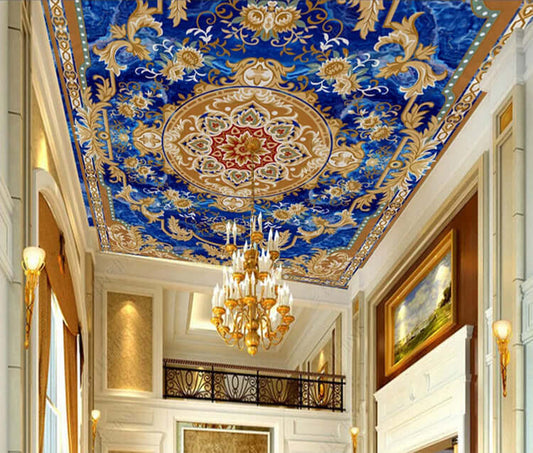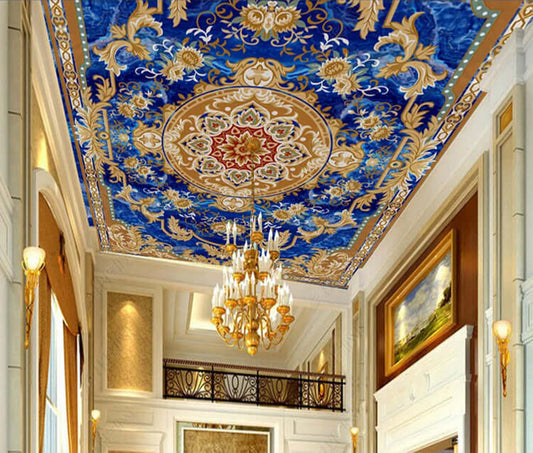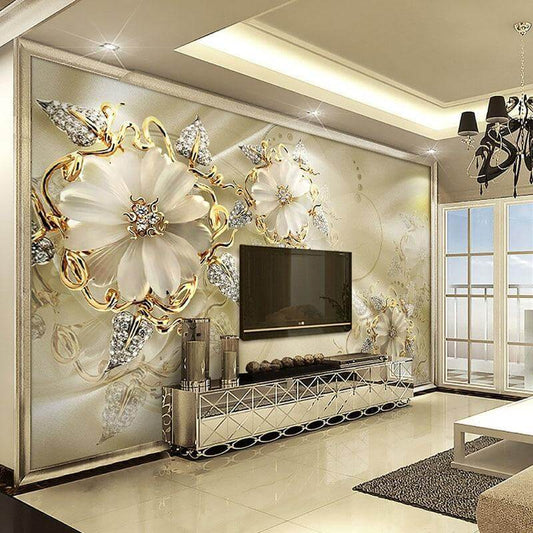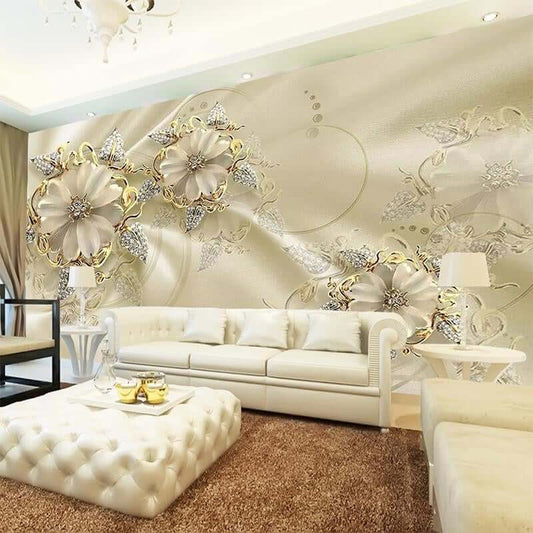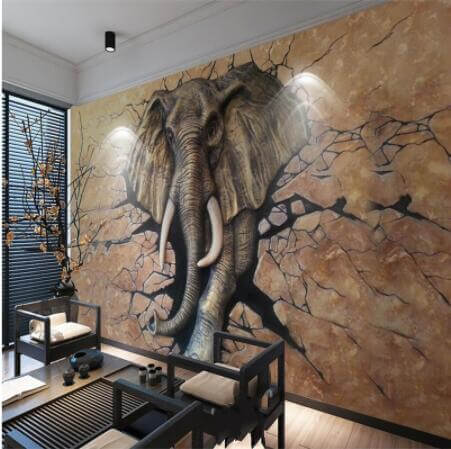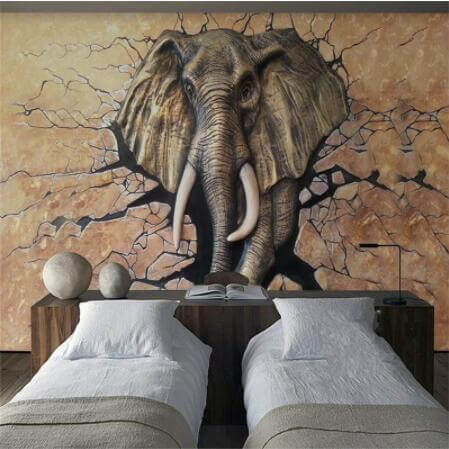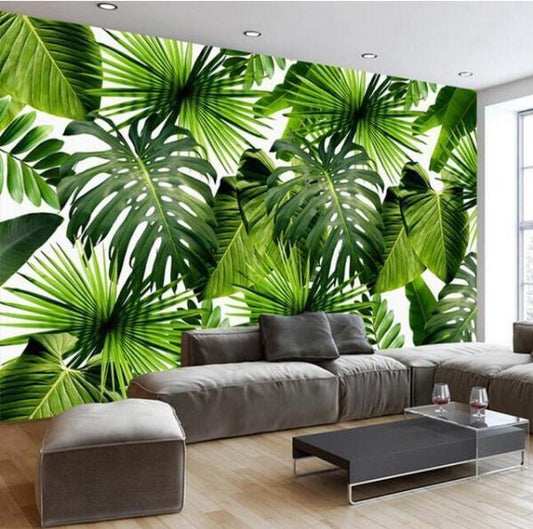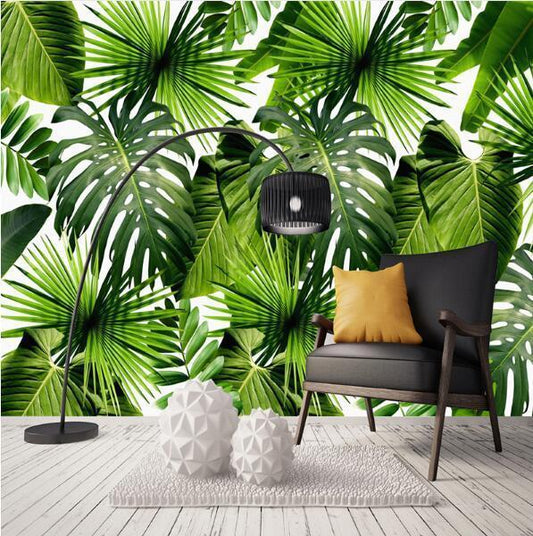Instructions for selecting wallpaper Size
Measure the wall width from Left to Right in cm or meters
Then measure the wall length based on length you prefer
For example L =3.2 meters & W=2.80 meters = 8.96 meters
Therefore, the quantity you select is 9 L =320 CM & W=280 CM= 8.96 (convert in to meters - divide by 100)
That is: (320/100=3.2) x (280/100= 2.8) =8.96
PLEASE NOTE WE CAN CUSTOMIZE YOUR WALLPAPER TO FIT YOUR WALL. THEREFORE, PROVIDE YOUR WALL MEASUREMENTS
Instructions for selecting wallpaper Size
Collapsible content

Choosing the right wallpaper size involves considering several factors to ensure a perfect fit and an appealing design. Here are some guidelines to help you select the appropriate wallpaper size:
1. Measure Your Walls:
Height and Width: Measure the height and width of each wall you plan to cover. Multiply the height by the width to get the total square footage.
Additional Features: Account for doors, windows, and other features that won't be covered by wallpaper. Subtract these areas from your total square footage.
2. Calculate Wallpaper Rolls Needed:
Standard Roll Size: Check the specific roll dimensions of the wallpaper you choose.
Pattern Repeat: If your wallpaper has a pattern, consider the pattern repeat. This is the distance between identical points in the pattern and affects how much wallpaper you'll need.
Wastage Allowance: Add 10-15% extra for wastage, pattern matching, and mistakes.
3. Choose the Right Scale of Pattern:
- Large Patterns: Suitable for large rooms as they can make a bold statement and are less overwhelming in bigger spaces.
- Small Patterns: Ideal for small rooms, as they can make the space feel larger and less cluttered.
- Pattern Repeat: Ensure the pattern repeat size works with your wall dimensions to minimize waste and achieve a seamless look.
4. Consider the Wallpaper Type:
- Pre-pasted Wallpaper: Easy to install and comes with adhesive on the back. The roll size may vary slightly.
- Unpasted Wallpaper: Requires separate adhesive. Standard roll sizes apply.
- Peel and Stick Wallpaper: Convenient for temporary use. The size may differ based on the manufacturer.
5. Check Roll Width:
Standard Width: Most wallpaper rolls are 20.5 inches wide, but some can be wider or narrower.
Wide Rolls: Cover more area per roll, reducing the number of seams. Ideal for large rooms.
Narrow Rolls: Easier to handle and apply, especially in smaller or awkward spaces.
6. Order Extra:
Same Batch Number: Ensure you order enough rolls from the same batch to avoid color variations.
Future Repairs: Purchase an extra roll for future repairs or replacements.
7. Room and Wall Characteristics:
- High Ceilings: Choose wallpaper that enhances vertical space without overwhelming it.
- Low Ceilings: Opt for designs that create the illusion of height, such as vertical stripes.
- Feature Walls: For a feature wall, you may need fewer rolls, so precise measurements are crucial.
By following these guidelines, you can accurately determine the right wallpaper size, ensuring a smooth installation and a beautiful finish.
Steps for Pasting Wallpaper - Non- Adhesive Wallpaper

Materials Needed:
- Wallpaper
- Wallpaper paste or adhesive (specific for the type of wallpaper)
- A pasting table or clean, flat surface
- Tape measure
- Pencil
- Spirit level
- Plumb line
- Utility knife or scissors
- Wallpaper smoother or brush
- Seam roller
- Clean cloth or sponge
- Bucket of water
Tools for installing wallpaper

How to arrange the wallpaper

Steps for Pasting Wallpaper - Non- Adhesive Wallpaper
Collapsible content

1. Prepare the Wall
Clean the Surface: Ensure the wall is clean, dry, and smooth. Remove any old wallpaper, fill in any holes or cracks, and sand down rough areas.
Prime the Wall: Apply a primer or sealer if the wall is newly plastered or if it is porous to help the wallpaper adhere better.
Measure and Mark: Measure the height of the wall and cut the first strip of wallpaper, adding a few extra inches to the top and bottom for trimming. Use a pencil and level to mark a straight vertical line where you will apply the first strip.
2. Prepare the Wallpaper
Cut Wallpaper Strips: Cut the wallpaper into strips, leaving extra length at the top and bottom for trimming.
Paste the Wallpaper: Follow the manufacturer’s instructions for your specific wallpaper type. Some wallpapers require the paste to be applied directly to the wall (paste-the-wall), while others need the paste applied to the wallpaper (paste-the-paper).
3. Pasting the Wallpaper
Adhesive Wallpaper: Peel and Stick
Non-Adhesive: Requires Paste
Pre-Pasted: Does not require Paste
4. Hanging the Wallpaper
Hanging the Wallpaper:
- Align and Apply: Starting at the top of the wall, align the wallpaper strip with your marked line. Allow a bit of excess at the top for trimming.
- Smooth the Wallpaper: Use a wallpaper smoother or brush to press the wallpaper onto the wall, starting from the center and working outwards to remove air bubbles.
- Trim Excess: Use a utility knife or scissors to trim the excess wallpaper at the top and bottom.
- Match the Pattern: If your wallpaper has a pattern, ensure the next strip matches the pattern of the first strip. Butt the edges together without overlapping.
- Use a Seam Roller: Once the strip is in place, use a seam roller to press the edges and ensure they are well adhered.
5. Finishing Touches
Clean Up: Wipe away any excess paste from the wallpaper surface with a clean, damp sponge or cloth.
Drying Time: Allow the wallpaper to dry according to the manufacturer’s instructions, usually 24-48 hours.
Tips for Success:
- Work in Small Sections: Only apply paste to one section at a time to prevent it from drying out.
- Ensure Proper Alignment: Continuously check the alignment of the wallpaper to keep the strips straight.
- Smooth Carefully: Be gentle when smoothing the wallpaper to avoid tearing or stretching it.
- Ventilate the Room: Ensure good ventilation in the room to help the wallpaper dry properly.
By following these detailed instructions, you can achieve a smooth and professional-looking wallpaper finish.
Wallpaper Materials
-

Waterproof Canvas
-

Waterproof Canvas
-

3D Relief
-

Straw Texture
-

Imitation Leather
-

Self-Adhesive Canvas
-

Self-Adhesive PVC
-
Black & White Forest Mural Wallpaper
Regular price From $18 USDRegular priceUnit price / per -
Blue 3d Ceiling Wallpaper
Regular price $46 USDRegular priceUnit price / per$0 USDSale price $46 USD -
Gold Floral Mural Wallpaper
Regular price $23 USDRegular priceUnit price / per$17 USDSale price $23 USD -
Elephant Mural Wallpaper
Regular price From $35 USDRegular priceUnit price / per$26 USDSale price From $35 USD -
Tropical Leaf Mural Wallpaper, Nature
Regular price From $19 USDRegular priceUnit price / per$14 USDSale price From $19 USD
